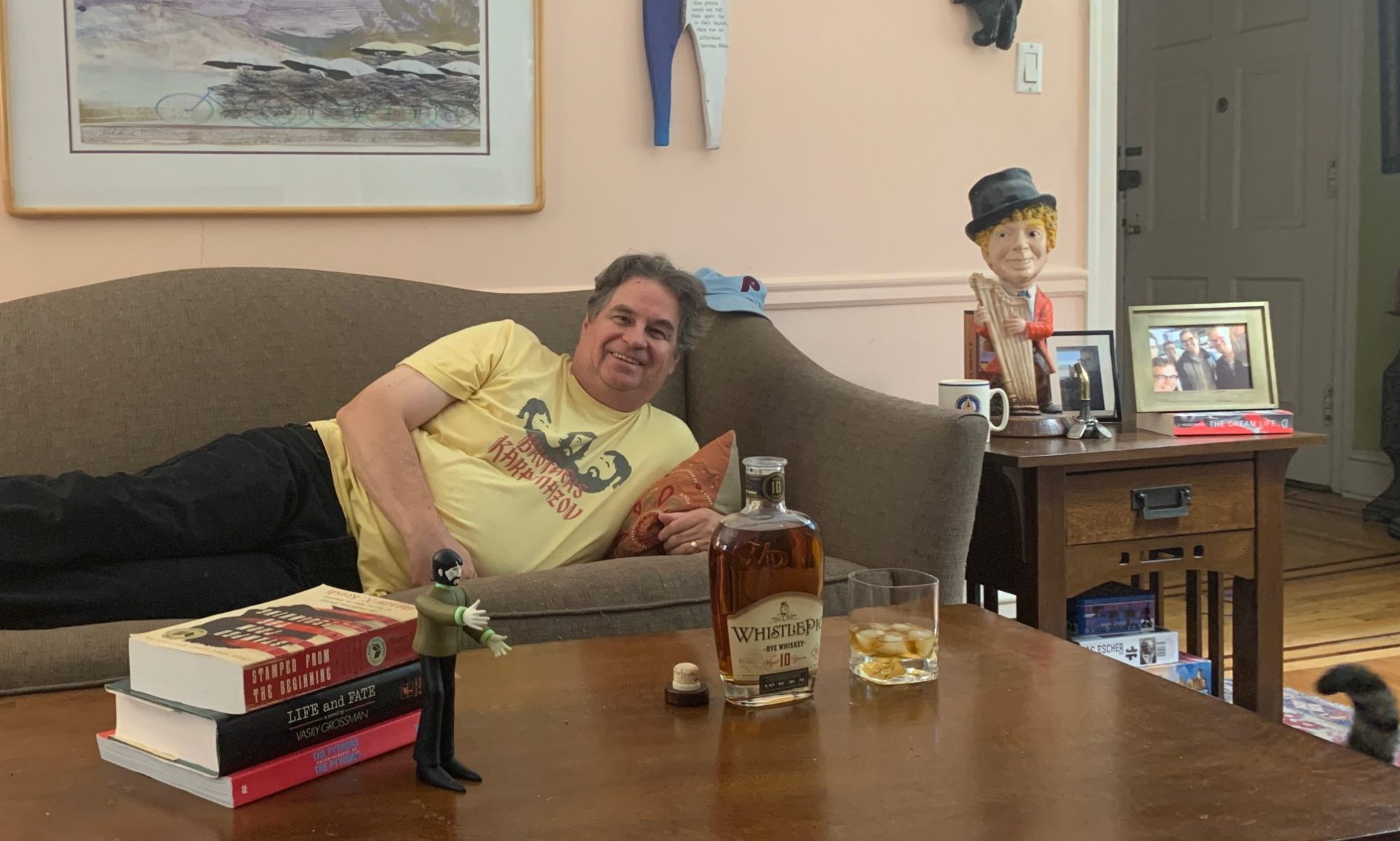Why do a blog if you don’t take chances, reveal uncomfortable truths, risk losing your readers? Sometimes you have to go out on a limb and make confessions that may shock, may hurt, may alienate. Now is one of those times, so here goes.
In my youth, I smoked marijuana. There, I got it out. And while I’m being brutally honest, I have to admit that there was nothing medical about it. I smoked marijuana purely because I liked how it affected me. I liked the sense of floating through the world. I liked that everything seemed a lot funnier. I even liked that it gave me the superhuman ability to eat an entire package of double-stuffed Oreos in one sitting. Let the judging begin.
I have chosen this time to make my confession, and risk the pounding on the door in the middle of the night, because marijuana has been coopted by big business and it irks me. Why should all of those law-and-order zealots who spent years screaming about life terms for anyone caught with an ounce of weed profit now? And yet this is undoubtedly who is investing heavily in ganja, and pushing for its full legalization. It’s just not right.
It’s especially irksome because it has been clear for the last 30 years that the drug laws have been both unfairly administered and obsolete. While all studies showed that drug use was just as prevalent for white people as for people of color, an inordinate proportion of those imprisoned for drug violations were African-Americans and Latinos. I would refer anyone interested in this disturbing history to read The New Jim Crow: Mass Incarceration in the Age of Colorblindness, by Michelle Alexander.
Here is what I propose to remedy this historic wrong. We should identify all of those people who were arrested and convicted of the illegal sale and distribution of marijuana over the last 30 years and provide them with the seed money (pun intended) to begin their own legal Bhang business. My guess is that the initial reaction from most of you will be, “Oh no, another government giveaway”, but hear me out. I think grass roots generosity (another pun) would be beneficial for all.
I contend that there is no one better positioned to crush the Maryjane market than those who have already shown the skills needed to master it. Let’s consider what it took to be a successful reefer retailer.
First of all, you had to establish reliable sourcing. Where were you going to get the hemp to hawk? Who could guarantee the steady flow of sinsemilla to assure success? These are difficult decisions that had to be made under adverse business conditions, like the potential for jail.
Next the wannabe tea tycoon had to create a system of distribution. How could he or she establish their dope domain? Advertising was key. It had to be surreptitious, yet effective. Did it make sense to give out free samples/ have buy one, get one ½ off, sales events? A business strategy was essential.
Administrative and employment options also had to be weighed. Do you want to keep staff small, or become a franchisor, with all the headaches that entails? How quickly should you grow your business? Can your supply keep up with the demand you are developing?
Then there is pot pricing. What is the appropriate profit margin between cost and reefer rates? Are there Acapulco Gold adversaries, ready to underprice to increase market share? Does it make sense to keep prices affordable to attract new Panama Red purchasers, or should you highlight the most excellent nature of your product by charging a premium?
What about quality control issues? This wad of weed may not be as good as the last. If you let potency lag, customers will look elsewhere. How do you assure heady hash time and time again? If quality begins to lag, do you look for a new supplier to assure dependable doobies?
Finally, there is always accounting. How do you guarantee enough cash flow to purchase resalable reefer, keeping both suppliers and customers happy? On top of that you need to look like the well-established businessperson you are, which means that enough has to be made to finance personal grooming commensurate with your position in the community. Not a easy task.
The productive pot producer had to exhibit all of these well-established business skills. Any flaws in the distribution chain could result in serious consequences. It is not easy to operate in that high-pressure, dog-eat-dog business environment, yet these Loco-Weed lords managed to do so, and we should acknowledge and take advantage of that expertise.
You might argue that a flaw in this proposal is that we are funding the failures. Those who couldn’t establish the long term profitability we want to see. In other words, those who were caught. However, is one failure a criteria for cannibas cancellation? I think not. After all, apparently you can have as many as six business bankruptcies in this country and still be considered a successful entrepreneur.
So you see, this proposal is hash heaven for everyone. Otherwise marginalized people are established in a business they know well, and for which they have the proven tools to succeed. The rest of us benefit from the roach revenue generated by a tax on their profits (estimated as up to 420 Million). It’s another marijuana miracle!!!!
*With apologies to Jonathan Swift
*Also, a shout out to Nathan McCall for his excellent memoir, Makes Me Wanna Holler, which put this idea in my head in the first place











































































